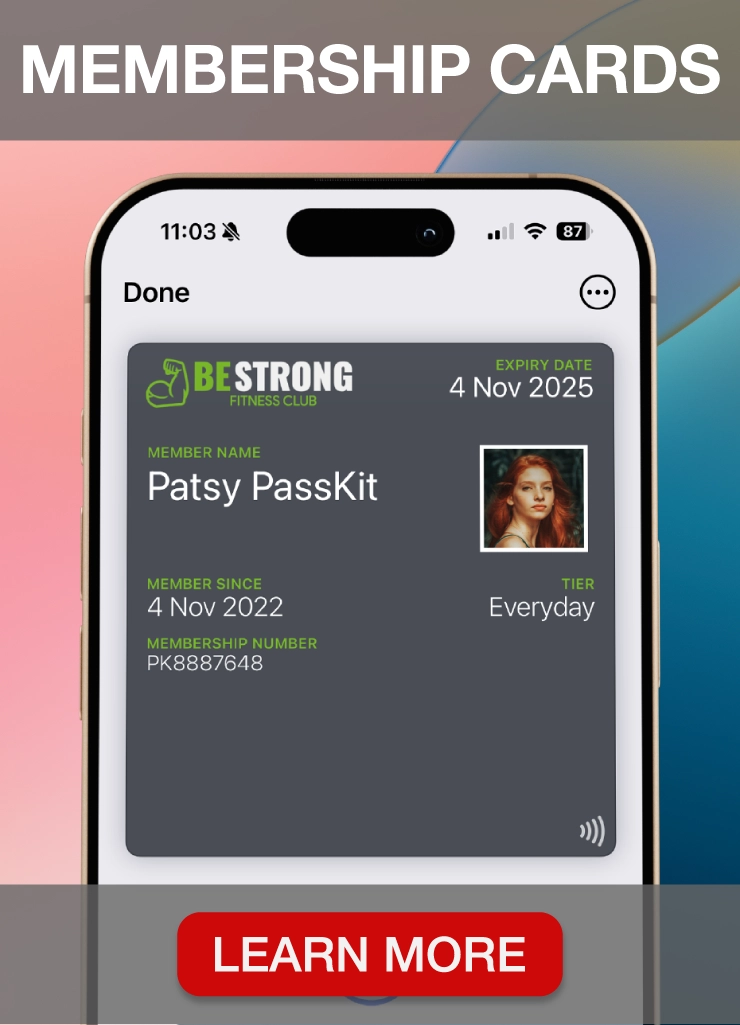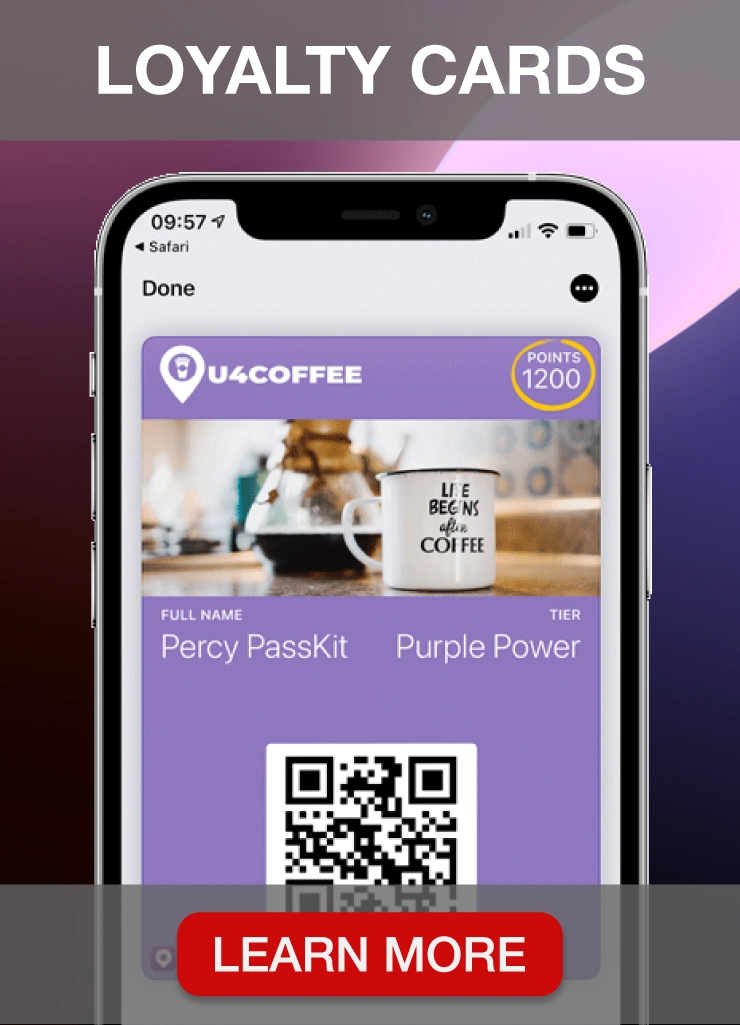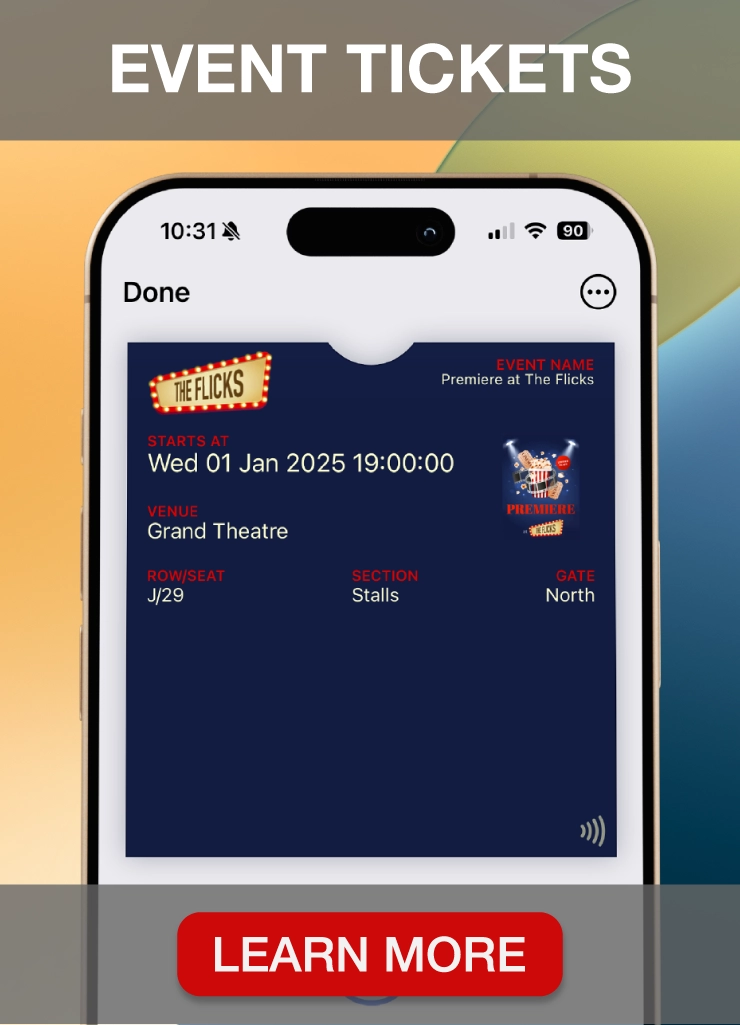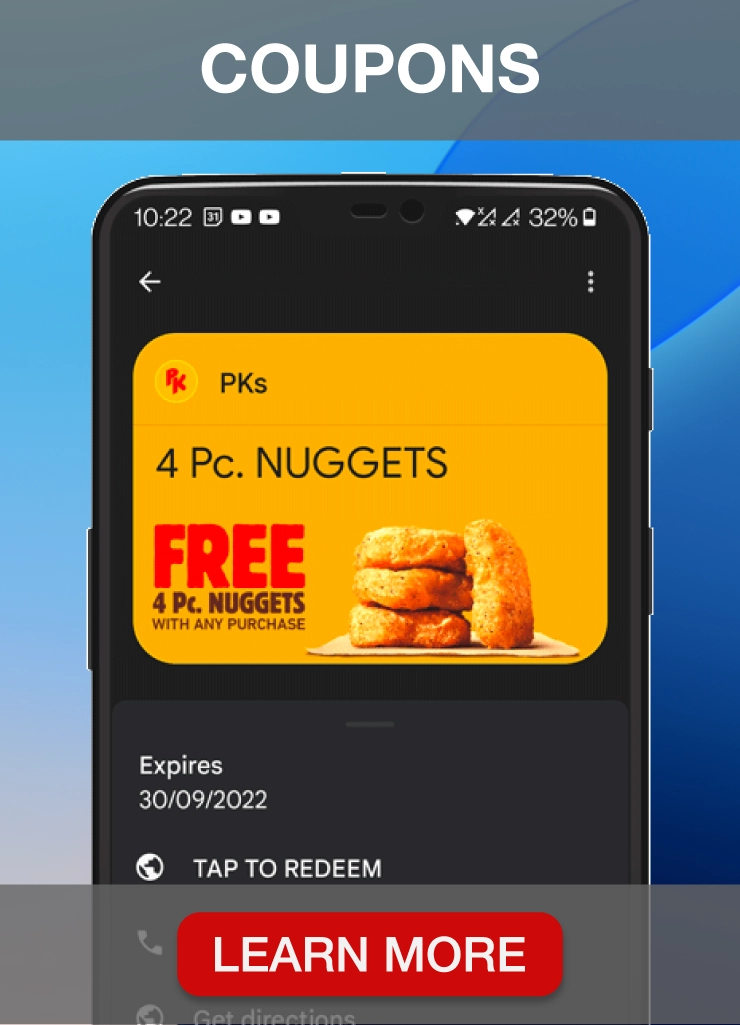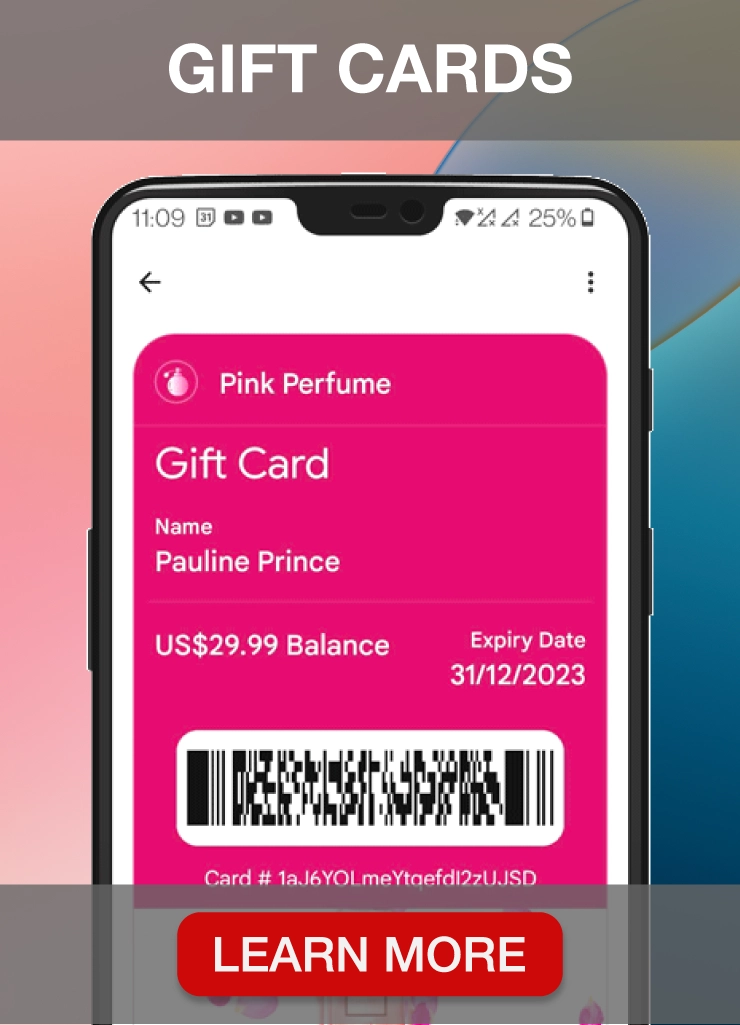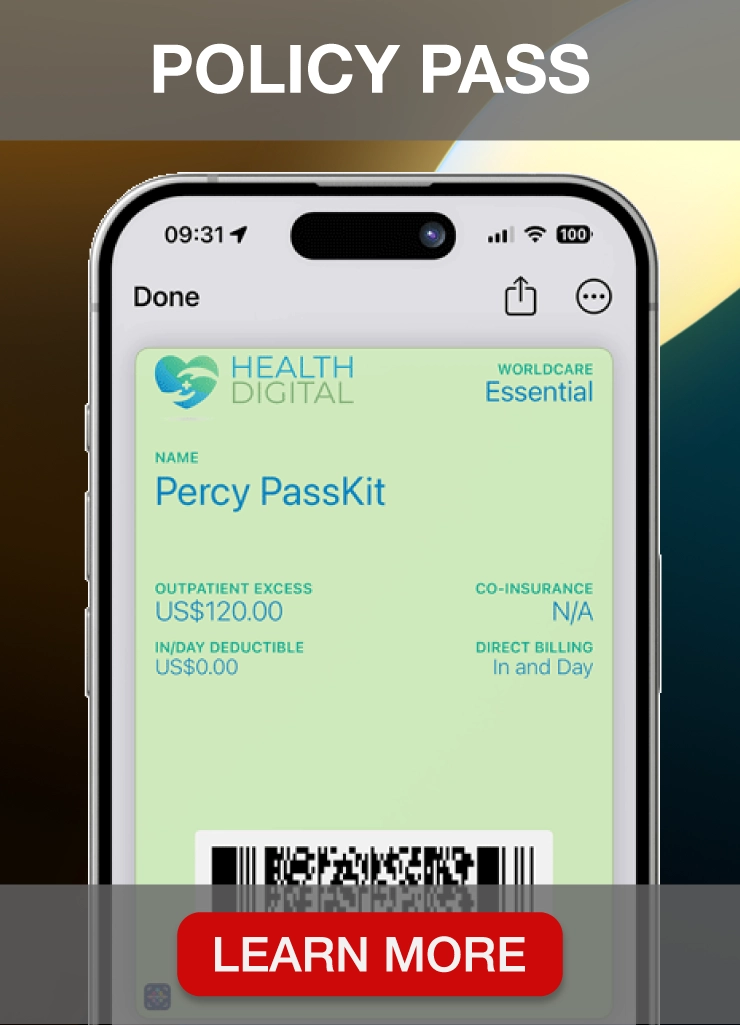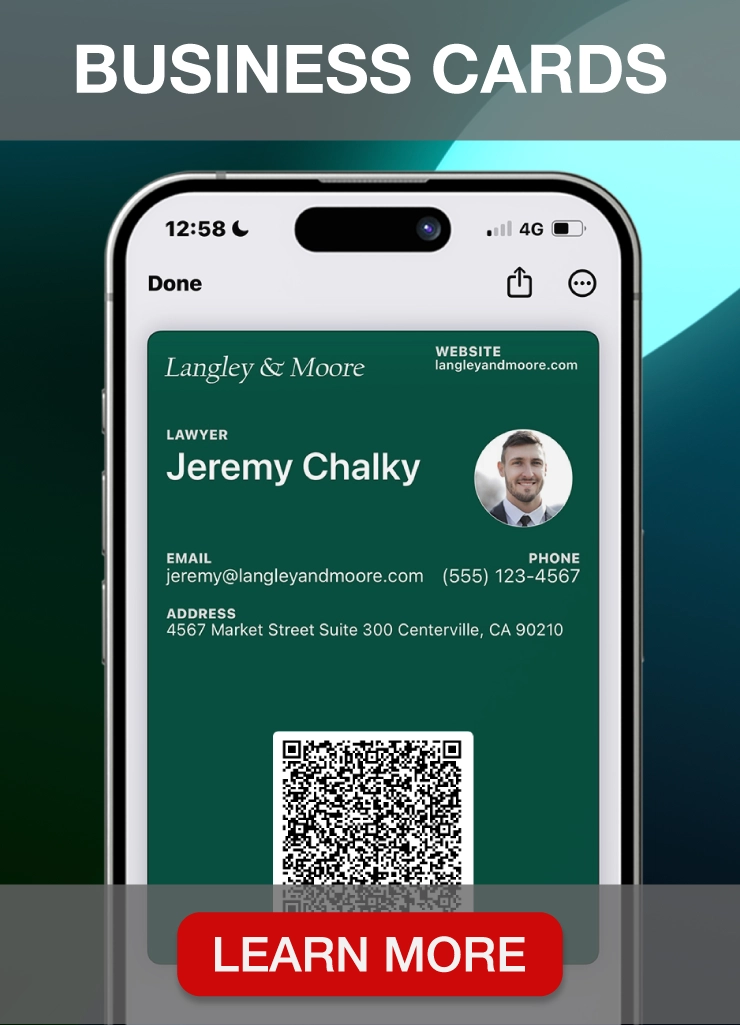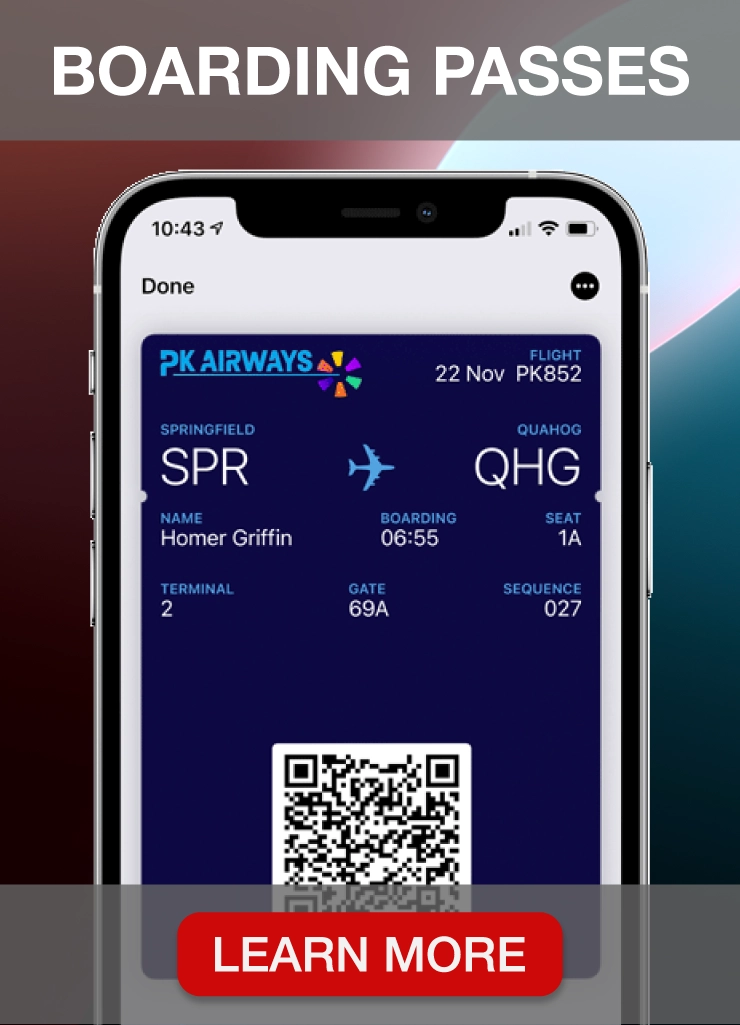For libraries to stay relevant and engaging for their patrons, they need to evolve beyond traditional brick-and-mortar experiences.
Embracing technology is one crucial step in this process.
As more and more people rely on their mobile devices for everyday tasks, offering a convenient and accessible service like a mobile wallet library membership card is a smart move. Not only does it streamline the member experience, but it also unlocks many benefits for libraries and patrons.
But how do libraries go about implementing such a program? That’s where our comprehensive guide comes in.
We’ll walk you through creating and executing a successful library membership card program using PassKit, our mobile wallet service platform.
You’ll learn everything you need to know to get started, from setting up your account to designing your library membership card. We’ll show you how to customize your card with your library’s branding and how to add all the necessary information, like your member ID and barcode.
We’ll also cover how to distribute your library membership cards and how to promote them to your patrons. And we’ll even provide some best practices for managing your program and ensuring its success.
Let’s get started!
Why modernize services with a library membership card
Libraries face a unique challenge in the digital age. With the abundance of online resources and entertainment options, patrons may not see the need to visit physical libraries.
Therefore, libraries must update their services to provide a seamless, user-friendly experience that can compete with the convenience of other digital resources.
Here are some key reasons why libraries should adopt a digital library card:
- Increased convenience for patrons: Accessing library resources becomes more accessible than ever with a membership card conveniently stored on their smartphones.
- Reduced reliance on physical cards: It eliminates the risk of lost or damaged cards, ensuring uninterrupted access to library services.
- Enhanced data collection and analytics: It provides practical insights into patron behavior and resource usage, enabling libraries to tailor services to meet their needs better.
- Improved brand image: It creates a modern and innovative image for the library, attracting new patrons and increasing community engagement.
Now, let’s dive deeper into the role of mobile wallets in implementing digital membership cards.
The role of mobile wallets in streamlining memberships
Mobile wallets like Apple and Google Wallet have changed how people carry and access essential information. Incorporating library membership cards into these platforms lets you provide many benefits for your patrons:
- Easy access: Patrons can instantly present their membership card at the service desk with a simple tap of their phone. It eliminates the need to carry a physical card and minimizes the time spent at the service desk.
- Offline functionality: Library cards remain accessible without an internet connection, ensuring uninterrupted service. This feature benefits patrons living in areas with weak or no network connectivity.
- Secure storage: Mobile wallets offer robust security measures to protect user data, including biometric authentication and encryption. Thus, you can assure members their information is safe.
- Multi-functionality: Mobile wallets allow libraries to integrate additional features like library catalogs, event calendars, and online resources directly into the card. This feature enhances the user experience and provides patrons with a one-stop shop for all their library needs.
Incorporating mobile wallets into your membership programs makes it easier for members to access your library’s resources and services.
Choosing the right platform: Introducing PassKit
PassKit simplifies creating, managing and distributing digital passes, including membership cards, coupons, loyalty program cards, mobile tickets, and boarding passes, with seamless integration with Apple and Google Wallet.
But what makes PassKit stand out from other digital membership card software? Let’s take a look at some of its key features.
PassKit’s user-friendly interface provides easy-to-use tools for designing and managing digital cards. You don’t need technical skills or to hire designers and developers.
It offers digital membership card templates and advanced features to personalize cards according to your library’s branding. You can choose various customization options to make your digital passes look unique and professional.
PassKit adheres to strict security standards to ensure the protection of member data. You can rest assured that member information is safe and secure.
Finally, PassKit is scalable and can adapt to the needs of both small and large libraries, accommodating increasing numbers of members and transactions.
If you want to streamline your library’s membership programs, PassKit is the ideal solution.
Start a 45-day free trial now!
Now, let’s explain all the critical steps from library card design to promotion and analysis of your performance with PassKit.
Lay the groundwork for a library membership card
Analyze your existing membership card system and identify areas for refinement. Understanding your current system’s strengths and weaknesses will help you design a more efficient and user-friendly membership program.
Inform your members about transitioning from a physical library card to a digital one. Communicate the benefits, features, and launch date of the new program.
Use your library website, social media channels, and email newsletters to ensure widespread awareness and generate excitement.
Design your library membership card
Designing a digital membership card for your library is a crucial step towards offering an excellent user experience to your members. With PassKit, you can create one in minutes, drastically speeding up the process.
Let’s explain how.
Choose the card template
PassKit offers a Pass Designer, which is a user-friendly visual editor that assists you in creating library cards optimized for mobile wallets.
With the help of our pre-made templates, you can easily create digital wallet passes such as membership cards, coupons, loyalty customer cards, digital tickets, and more.
Our loyalty card design templates prioritize clarity and functionality, making the layout easy to read and navigate, with key information readily accessible.
Customize and personalize the library card
With PassKit, you can incorporate your library’s logo, colors, and essential information such as member name, status, photo ID, expiration date, and library contact details and current address. Customizing the card can enhance its visual appeal and make it more personalized for members.
Set up member data collection
To efficiently collect member data during the sign-up process for a library membership card, it is important to identify the necessary information beforehand.
Using PassKit, you can simplify this process and ensure compliance with data privacy regulations. You can customize fields for member enrollment, making it easy to collect the required information accurately.
You can later use this data in your marketing campaigns to optimize your efforts.
Start a 45-day free trial and prioritize accessibility, personalization, and efficient data collection.
Library membership card distribution: Reaching your audience
Once you have finalized the design of your library membership card, the next step is to distribute it to your members. Using PassKit’s multichannel distribution system, you can ensure a smooth rollout following these effective methods.
Distribute free library card to new members
- Share promotional materials containing a QR code with the card URL.
- Provide clear instructions on how to get a library card and add it to a mobile wallet.
- Offer assistance to members who need help with the process.
Communicate with existing members about the new cards
- Send email notifications to your existing members informing them about the new digital membership card option.
- Provide electronic resources on downloading and adding the card to their mobile wallets.
- Highlight the benefits and convenience of using the new cards.
- Publicly announce the launch through your local library website and social media channels and provide instant access.
Organize special membership events and incentives
- Host events where members can learn how to use the new cards
- Offer incentives, such as free ebooks or audiobooks, to encourage people to sign up for digital membership.
- Partner with local businesses and offer deals and promotions to cardholders to make the membership even more attractive.
With a smooth rollout of your digital membership card, you can offer your patrons a more convenient experience, making your library a go-to destination for all their reading and learning needs.
Train your staff for using library membership cards
Training your staff on the new digital membership card system is essential to ensure a smooth transition.
- Familiarize staff with the new system and its functionalities.
- Train staff on how to issue and manage digital membership cards.
- Equip staff with the knowledge to answer frequently asked questions from members.
- Provide physical materials on how to handle technical issues and security concerns.
- Encourage staff to be proactive in promoting the new cards to patrons.
Following these key focus areas will equip your team with the required skills and knowledge to manage the new system effectively.
Monitor the performance of your library membership card
Once your digital membership card program is up and running, ongoing monitoring and maintenance are essential for optimal performance and security.
With PassKit, you can track:
- The number of members enrolled in your membership program
- The number of cards saved to Google or Apple Wallet
- The number of cards removed from mobile wallets
- The program performance by day, month, year, or custom dates
- Mobile wallets your members use the most
- Distribution channels driving the most traffic
Monitor card usage and library statistics to identify any areas for improvement and increase your member’s happiness with the program.
Embrace innovation with library membership cards
Libraries must stay up-to-date with technological advancements to serve their members better. A digital membership card program can significantly improve the library experience and increase community engagement.
One of the best solutions for creating digital membership cards is PassKit. As a mobile wallet pass software, it helps you easily create, distribute, and manage digital membership cards.
Following the steps outlined in this guide and using PassKit, you can successfully launch and maintain a digital membership card program that benefits your patrons and your library.
Start a 45-day free trial now.
FAQs about library membership cards
Let’s answer frequently asked questions about library membership cards.
What is the purpose of library membership cards?
Library membership cards serve several vital purposes:
- Identification: Only library card verifies a member’s identity and allows them to access materials, and use library services or computers.
- Tracking borrowing activity: They enable libraries to track borrow materials, returns, and fines, ensuring responsible use of library resources.
- Data collection: These cards provide data about member demographics and behavior, helping libraries tailor services and resources to meet their needs better.
- Promoting library usage: They serve as a constant reminder of the library and its offerings, encouraging ongoing engagement with the library’s resources.
Should we offer physical or digital membership cards or both?
Offering physical and digital membership cards provides flexibility and caters to diverse user preferences.
Here’s a breakdown of the benefits and considerations for each option.
Physical cards
Benefits:
- Suitable for users who prefer a tangible card
- Serves as a backup option if the digital card doesn’t work
- Older members less comfortable with technology may choose this option
Considerations:
- It can be lost or damaged.
- Requires printing and distribution, incurring additional costs.
- It doesn’t offer the same convenience and functionality as digital cards.
Digital cards
Benefits:
- Conveniently stored in mobile wallets for easy access.
- Securely transmits information through mobile wallets.
- Offers additional features like library catalogs, event calendars, and online resources.
- Reduces reliance on physical cards, saving printing and distribution costs.
Considerations:
- Users must have and use a smartphone with a compatible mobile wallet app.
- It may be inaccessible for members without smartphones or internet access.
- Requires training and support for members and staff regarding usage.
Ultimately, offering physical, digital, or both options depends on your library’s specific needs, budget, and target audience.
What information should we include on a library membership card?
The information on a library membership card varies depending on your library’s policies and needs. However, some common elements include:
- Member name: Full name of the cardholder.
- Membership ID number: Unique identifier for tracking borrowing activity.
- Photo (optional): Adds a personal touch and assists with identification.
- Expiration date: Indicates when the card needs to be renewed.
- Library contact information: Phone number, website address, and email address.
- Additional information (optional): Library branch affiliation, preferred contact method, emergency contact information.
It’s crucial to ensure you comply with data privacy regulations when collecting and storing member information.
How can we ensure the security and privacy of member data on the cards?
Mobile wallet platforms like Apple and Google Wallet offer robust security features to protect user data. These features include:
- Encryption: All data stored on the cards is encrypted to prevent unauthorized access.
- Tokenization: Sensitive information like credit card numbers is replaced with secure tokens that cannot be used for unauthorized transactions.
- Multi-factor authentication: Requires an additional layer of verification, such as a fingerprint or PIN, to access the card.
Additionally, libraries should implement strong password policies and regularly update their systems to apply the latest security patches.
What are the benefits of transitioning to digital membership cards?
Transitioning to digital library membership cards offers numerous benefits for both libraries and patrons:
Benefits for libraries:
- Increased convenience for patrons: Easier access to library services through mobile wallets.
- Reduced reliance on physical cards: Saves printing and distribution costs and eliminates the risk of lost or damaged cards.
- Enhanced data collection and analytics: Provides insights into patron behavior and resource usage, enabling better service delivery.
- Improved brand image: Creates a modern and innovative image for the library, attracting new members and increasing community engagement.
Benefits for patrons:
- Easy access: Library services are readily available on their smartphones.
- No need to carry a physical card: Reduces the risk of forgetting or losing their library card.
- Additional features and functionalities: Access to library catalogs, event calendars, and online resources directly from the card.
- Increased engagement: More likely to use library services due to the convenience and accessibility of digital cards.
How can we effectively promote and market library membership cards to our patrons?
There are several ways to promote and market library membership cards effectively.
One idea could be creating a loyalty program where members can earn points or rewards for regularly using their library membership card.
Another option could be to offer promotional discounts or special deals to new patrons who sign up for a library membership card.
Additionally, you could market the card through social media platforms by creating engaging content that highlights the benefits of the library membership card and how it can enhance members’ reading experience.
You could also partner with local businesses and organizations to cross-promote the library membership card and offer discounts or benefits to patrons who show their library membership card.
Finally, hosting events like book clubs or storytimes could also be an effective way to encourage members to sign up.
How can we ensure that library membership cards remain relevant and valuable to our members over time?
One way to ensure that library membership cards remain relevant and valuable to members over time is by offering a variety of resources and services that meet their changing needs.
It could include access to e-books, digital resources, online courses, and other educational materials.
Additionally, soliciting member feedback and regularly evaluating and updating library services can ensure that membership remains valuable and meaningful to the community.
What resources are available to help libraries implement digital membership card programs?
There are several resources available to help libraries implement digital membership card programs.
Some of these resources include consulting firms specializing in digital transformation, industry associations offering guidance and support, and online forums where librarians can share their experiences and best practices.
Additionally, many digital membership software vendors like PassKit offer solutions to help automate the creation and management of digital membership cards.
It’s a good idea to research these options to find the best fit for your library’s needs and budget.

